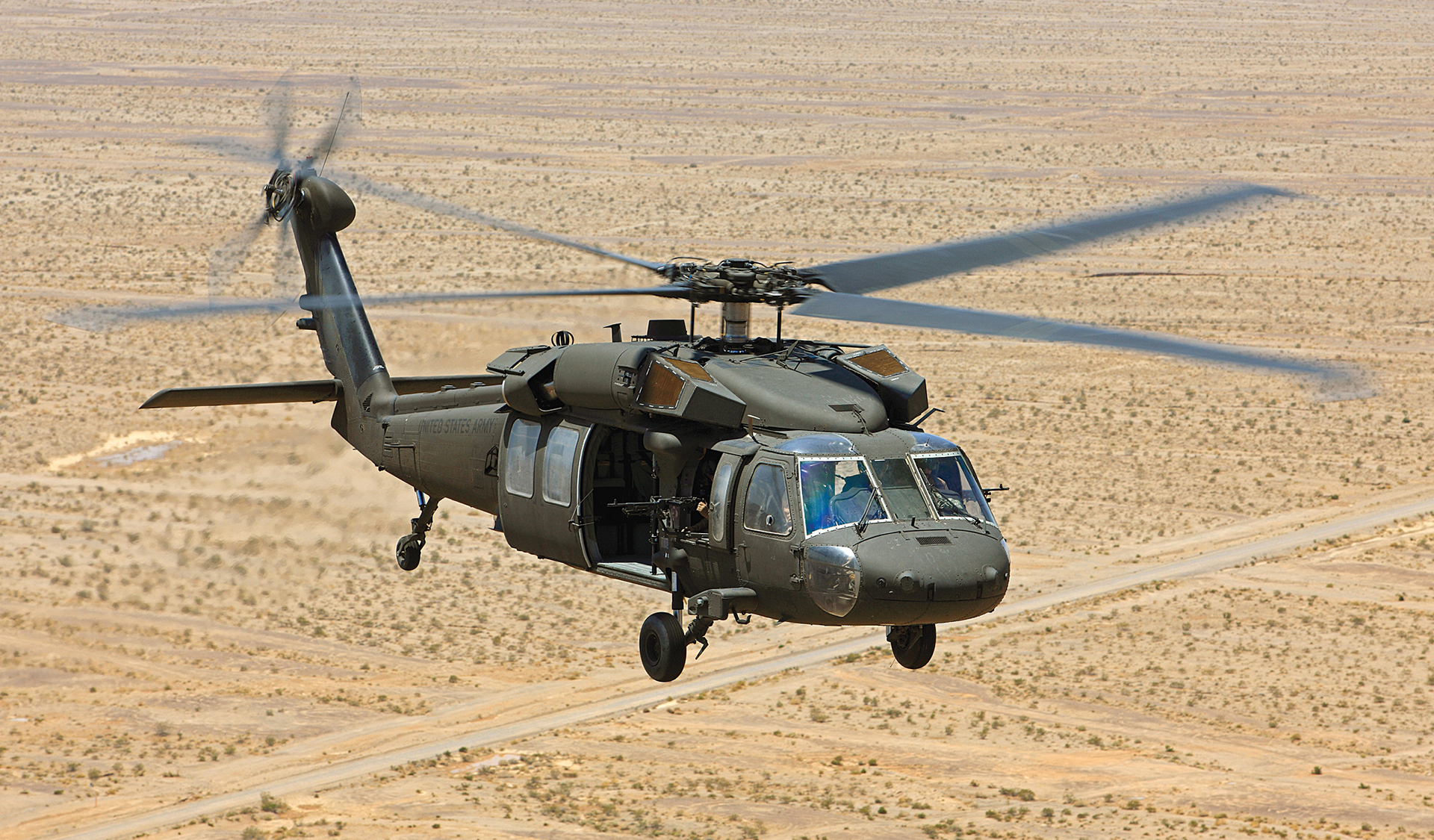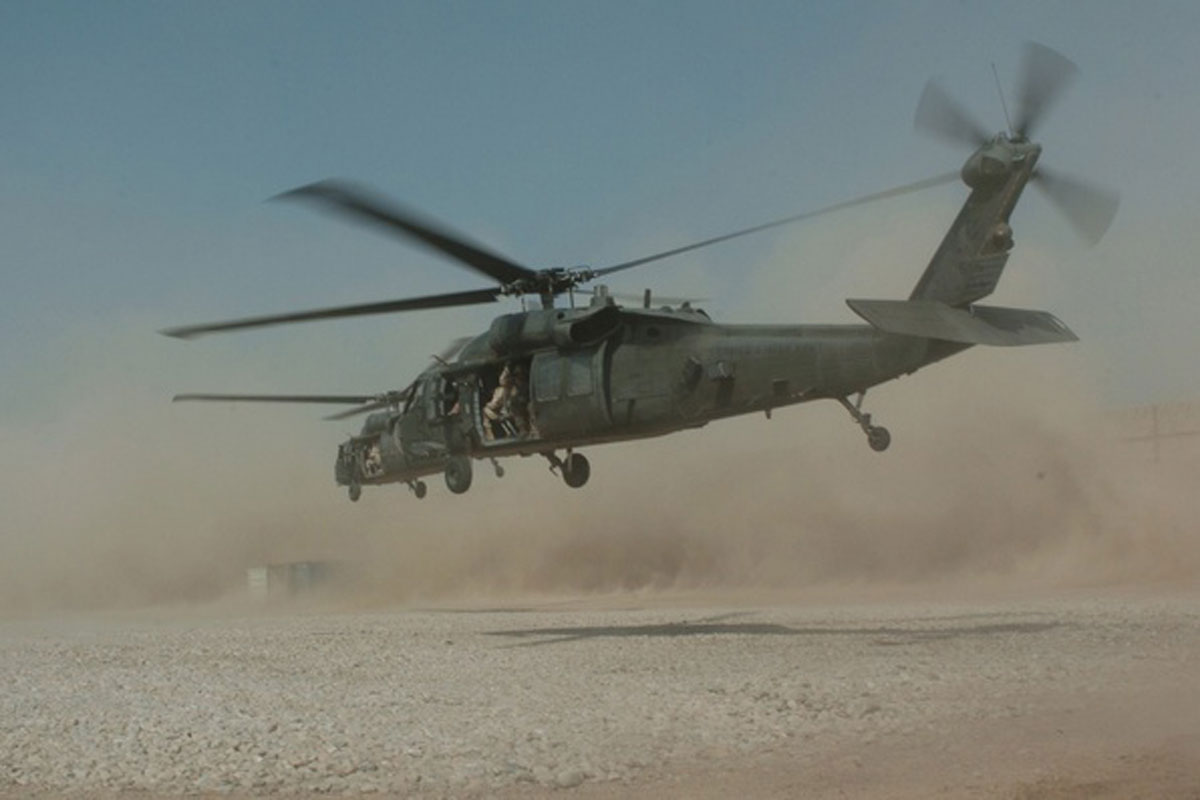Understanding the Mechanics and Design Behind Uh 60 Helicopters
The UH-60 helicopter, frequently recognized as the Black Hawk, stands as a pinnacle of modern rotorcraft technology, embodying a blend of robust engineering and elaborate mechanics. As we peel back the layers of the UH-60's style, a globe of detailed systems and thorough design comes to light.
Background of UH-60 Helicopters
The background of UH-60 helicopters traces back to the late 1970s when the USA Army sought a functional and innovative utility helicopter to change its aging fleet. In action to this demand, the Sikorsky Aircraft Company established the UH-60 Black Hawk helicopter. Presented in 1979, the UH-60 promptly came to be a staple in armed forces operations due to its remarkable capabilities.
The UH-60 was made to master a variety of goals, consisting of troop transportation, medical evacuation, digital warfare, and unique operations. Its ability to adjust to different duties made it a useful asset to the united state Army and various other military pressures worldwide
For many years, the UH-60 platform has actually gone through several upgrades and variations to enhance its performance and keep rate with evolving mission requirements. These helicopters have actually seen comprehensive solution in problems such as the Gulf War, Afghanistan, and Iraq, showcasing their dependability and convenience in varied functional environments. The UH-60's abundant history is a testimony to its enduring legacy as a top utility helicopter.

Engine and Power Systems
Utilizing cutting-edge propulsion technology, UH-60 helicopters are equipped with sophisticated engine and power systems to ensure optimal efficiency and dependability in a series of operational scenarios. The UH-60, generally called the Black Hawk, is powered by two General Electric T700-GE-701D engines, each efficient in supplying up to 1,940 shaft horse power. These turboshaft engines offer the necessary drive for the helicopter to execute its objectives successfully, including troop transportation, medical discharge, and fight assistance.

Blades System and The Rules Of Aerodynamics
Just how do the blades system and the rules of aerodynamics of UH-60 helicopters add to their functional effectiveness and flight abilities? The rotor system of the UH-60 helicopter plays a vital duty in giving lift and propulsion. The UH-60 includes a four-bladed, totally expressed blades system that permits high ability to move and stability during flight. This style allows the helicopter to do a variety of goals, from transportation and medical evacuation to combat procedures.
Aerodynamics additionally play a vital role in the efficiency of UH-60 helicopters. The structured fuselage and blades blade style reduce drag, permitting the helicopter to accomplish higher rates and better gas effectiveness. The aerodynamic layout of the UH-60 likewise contributes to its capability to operate in diverse ecological problems, including warm temperatures and high elevations.
Avionics and Flight Control Equipment

In its complex coordination with the blades system and aerodynamics of UH-60 helicopters, review the avionics and trip control systems form a crucial network of innovations forming the aircraft's functional capabilities. Avionics include the electronic systems utilized for interaction, navigation, and checking various airplane functions. In the UH-60, these systems consist of digital screens, next page interaction radios, GPS navigation, climate radar, and autopilot systems. These avionics systems supply crucial info to the pilots, boosting situational awareness and making certain safe and effective operation of the helicopter.
The flight control systems of the UH-60 are accountable for converting the pilot's inputs right into the suitable changes to the blades system, ensuring steady trip and maneuverability. These systems contain hydraulic actuators, servos, and computer systems that interact to control the tail and primary blades, as well as various other flight control surfaces. By specifically handling the helicopter's trip characteristics, these systems allow pilots to do a wide variety of goals, from transportation and search-and-rescue to deal with operations, with precision and confidence.
Role and Applications in Aviation
The role and applications of avionics and trip control systems in aeronautics are indispensable to making certain the secure and effective operation of airplane, consisting of UH-60 helicopters. Avionics systems in UH-60 helicopters encompass an array of electronic systems that aid in navigation, interaction, surveillance, and regulating numerous aircraft functions. These systems consist of electronic screens, autopilot systems, interaction radios, general practitioner navigation equipment, and climate radar. Trip control systems play a crucial duty in navigating the helicopter in the air, maintaining security, and making sure accurate movements. The fly-by-wire modern technology made use of in contemporary UH-60 helicopters translates pilot inputs right into electronic signals, which are then analyzed by the flight control computer systems to change the aircraft's control surface areas. Additionally, these systems include safety and security attributes such as autopilot modes, terrain recognition alerting systems, and stability augmentation systems to enhance the overall security and functional abilities of the UH-60 helicopters in different missions, including troop transport, clinical evacuation, search and rescue, and airborne firefighting.
Final Thought
In final thought, the from this source UH-60 helicopter is a functional airplane with an abundant background and progressed design. Its engine and power systems, rotor system, the rules of aerodynamics, avionics, and flight control systems all work with each other to make it a reputable and efficient equipment.
In its detailed sychronisation with the blades system and aerodynamics of UH-60 helicopters, the avionics and flight control systems develop an important network of modern technologies shaping the aircraft's functional capacities.The flight control systems of the UH-60 are accountable for converting the pilot's inputs right into the suitable modifications to the rotor system, making certain stable flight and maneuverability. Avionics systems in UH-60 helicopters include a variety of electronic systems that aid in navigation, communication, monitoring, and regulating numerous airplane functions. In addition, these systems integrate security features such as auto-pilot modes, terrain recognition alerting systems, and stability enhancement systems to improve the overall safety and security and functional capabilities of the UH-60 helicopters in different objectives, including troop transportation, medical discharge, search and rescue, and airborne firefighting.
Its engine and power systems, blades system, the rules of aerodynamics, avionics, and trip control systems all function together to make it a reputable and reliable device.
Comments on “Achieving Excellence: Secret Strategies for UH 60 Helicopter Maintenance”